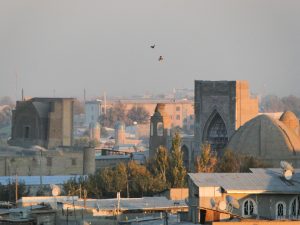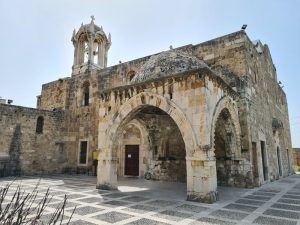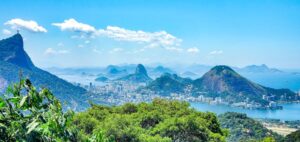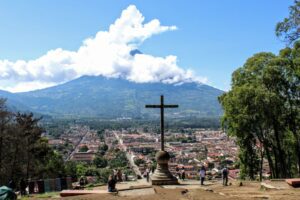Historic Centre of Bukhara
A Silk Road city with historic architecture dating to the 10th and 11th centuries, important particularly for its urban planning.

A Silk Road city with historic architecture dating to the 10th and 11th centuries, important particularly for its urban planning.

A Silk Road city 4,000 years old, with remains of five walled cities from different eras.

A historic city and charming old city with architecture and urban planning that show an array of cultural influences spanning centuries.

A 19th-century company town built to provide a good standard of living for employees of a cotton mill.

A 16th-18th-century colonial capital where European, African and Indigenous cultural influences have blended and echo to the present day.

The ancient center of Tunis, with about 700 monuments dating to the 12th-16th century: mosques, gates, markets, palaces, noble houses, and more.

A 19th-century French settlement in Cuba with a range of interesting architecture, from neoclassical to deco and modern.

12 sites designed for Louis XIV by the innovative military engineer Sebastien de Vauban in the late 17th-18th centuries.

Two towns that exemplify vernacular urban architecture of the Ottoman era.

Remains of a town and other monuments dating to the Dvaravati Empire, origin of the Si Thep School of Art.

A group of private Baroque palaces used by government in the 16th-17th-century to house visiting dignitaries.

The remarkably-preserved remains of ancient Roman cities destroyed in a sudden eruption of Mount Vesuvius.

A picturesque segment of the Danube Valley with beautiful scenery and charming towns and villages.

Portugal’s oldest university, with centuries of architecture and ancient traditions.

A charming 18th-19th-century British colonial fishing settlement with colorful wooden buildings.

A city with an interesting history of coexisting cultural communities, and with several historic monuments including a wonderfully intact Roman aqueduct.

A medieval caravan stop on the Silk Road that contains many examples of traditional Ottoman architecture.

Peter the Great’s planned city of stunning Baroque architecture.

An 18-century commercial port where foreign and Chinese influences mixed and intertwined, especially evident in the unique range of architecture.

A vibrant Spanish colonial city and an ancient pre-Columbian city.

A colorful Spanish colonial town surrounded by fortifications.

Ruins of many layers of civilizations and the birthplace of the Phoenician alphabet.

Three elegant 18th-century city plazas.

A lavish retreat built for Roman emperor Hadrian in the 2nd century.

A charming medieval city center, considered the birthplace of Portuguese nationhood.

A well-preserved colonial city that reflects both Spanish and Portuguese influences.

An intact Renaissance city full of Spanish-colonial baroque architecture.

An ensemble of warehouses and office buildings resulting from Hamburg’s port trade in the 19th and early 20th centuries.

A medieval walled city of unique gated communities and many architectural monuments in a mix of styles.

A vibrant city nestled between lush mountains and the sea.

An early example of a city that developed due to tourism.

An important 19th-century port city that preserves its urban industrial architecture to this day.

A unique example of urban planning from the Middle Ages that has developed over time while still respecting the original plan.

A colonial-period silver-mining center, with subterranean streets and Baroque architecture.

A charming traditional Chinese town that combines Naxi, Han, Bai and Tibetan influences.

A lovely city that illustrates Spanish colonial-era architecture, city planning, and culture.